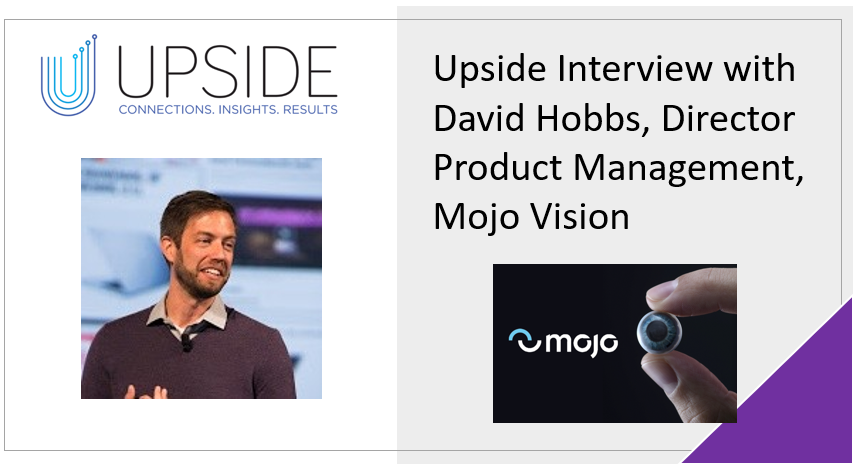This week we had the honor to interview David Hobbs, the Senior Director of Product Management at Mojo Vision, the leading startup building the world’s first AR Contact Lenses. Of note, Mojo Vision has raised $170M+ to date. ? Show Notes: Through this interview, we touched on his background, his…
Share This Story, Choose Your Platform!
Total reviews
Persons recommended this product
Anonymous
Shopper
check_circle Verified
Shop owner replied
Anonymous
Shopper
check_circle Verified
Shop owner replied
Thanks for your review!
Your feedback helps us improve our service.
There are no reviews yet.
Be the first to review “ ”
Please log in to submit a review.
Don't have an account? Register here .
Only logged in customers who have purchased this product may leave a review



